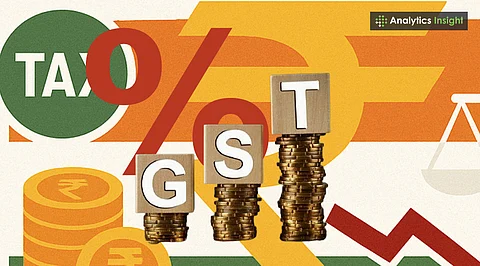Recent reductions in the Goods and Services Tax (GST) have led to significant festive sales in various sectors, prompting both celebration among retailers and concern among state finance officials regarding potential revenue shortfalls. The restructuring of tax slabs has resulted in lower prices for approximately 375 commonly purchased items, providing a boost to consumer spending.
Record Sales Driven by GST Cuts
The GST Council’s recent changes shifted from four main tax rates to two, alongside a special category for luxury goods. This adjustment has been particularly impactful during the festive season, with reports indicating that this year’s Dasara sales have reached their highest levels in over a decade. Growth rates in major retail categories are estimated to range from 35% to 100%.
“Consumer sentiment is clearly upbeat as the prices of many goods have fallen simultaneously,” stated Mayank Rohtagi, secretary of the Bangalore Commercial Street Association. He noted that sales growth has averaged around 45% year-on-year, driven largely by categories such as electronics, garments, and footwear. Some automobile brands have even reported sales doubling compared to last year.
Retailers are optimistic that this momentum will carry through the Diwali season, with expectations of yet another surge in purchases.
Concerns Over Sustained Revenue Growth
Despite the celebratory mood among businesses, commercial tax authorities express caution. Officials highlight that the current surge in sales may not be sustainable, potentially leading to a revenue shortfall in the coming months. Vipul Bansal, the Commercial Taxes Commissioner, indicated that “revenue shortfall looks imminent as this spurt is unlikely to last beyond Diwali.” He emphasized that to offset the losses from the rate cuts, a sustained sales growth of at least 40% is necessary, a target he considers unrealistic.
Initial projections estimated a shortfall of Rs. 15,000 crore, but revised assessments suggest that the losses could exceed Rs. 17,000 crore.
Data from September shows that Karnataka’s GST collection was Rs. 13,495 crore, reflecting a 7% gross growth, which aligns with the national average. However, net collections, after inter-state GST settlements, reached Rs. 6,653 crore, marking a modest increase of only 5%—well below the 12% growth rate observed earlier in the fiscal year.
In response to these challenges, Chief Minister Siddaramaiah, who also serves as Finance Minister, had budgeted Rs. 92,133 crore in GST collections for the fiscal year 2025, with Rs. 39,132 crore collected so far. Economic adviser Basavaraj Rayareddi noted that the government is actively exploring measures to boost compliance and continues to seek compensation from the central government for the anticipated shortfall.
“Consumption has risen due to lower prices, and we hope this momentum sustains,” added B.T. Manohar, a member of the State GST Advisory Committee. He acknowledged that balancing revenue generation with affordability will be a critical challenge moving forward.
